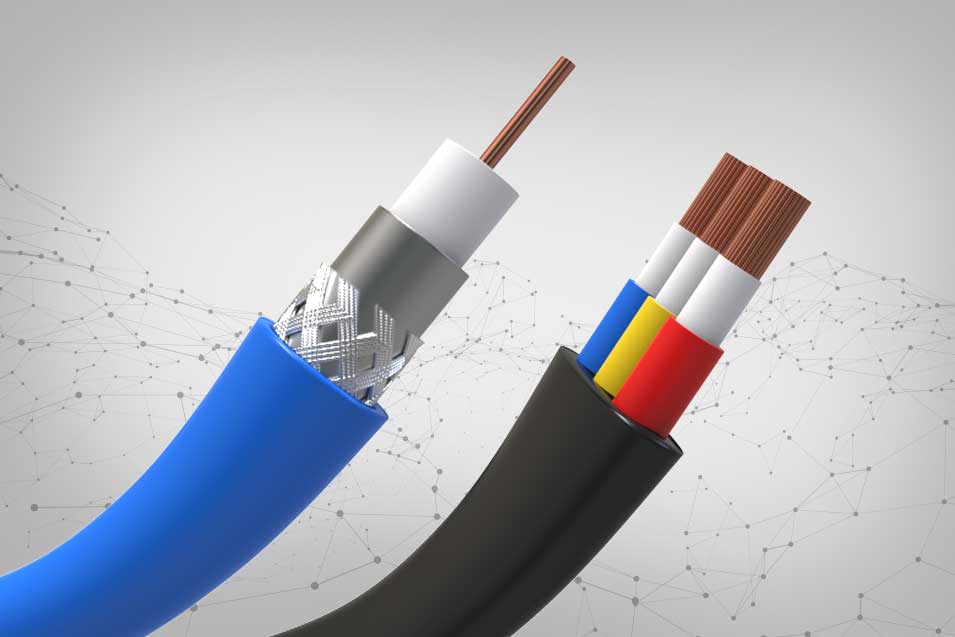
How to Plan Electrical Outlets in Your New Home
28th June 2025 | Written By: Utsavi Tank | Read Time: 3min | Last Updated: 28th June 2025
Designing your new dream home is exciting, but between selecting the wall colour and buying new furniture, a key aspect of electrical planning is often overlooked! Electrical outlet planning is one of the important aspects that make your house convenient and safe. Done right, it can save you time, reduce clutter, and increase convenience for years to come. Done wrong ,you have a messy layout with inconvenient access points to chase. Here’s a step by step on how you can get it right from the start.
-
Understand Your Lifestyle Needs:
Every aspect of designing starts with an evaluation of you and by extension, your lifestyle. So, consider how you live: do you work from home and need a functional working space? Do have kids who will need electrical devices for their homework? Do you want to have a wall mounted TV or do you plan to have smart appliances? The more details you consider early on, the better conclusions you will have.
-
Plan Room Wise for Maximum Efficiency:
- Living Room: Include outlets behind the TV unit, beside seating areas for lamps or chargers, and near corners to easily plug in vacuum cleaners. Don’t forget USB modules for phones and remotes
- Kitchen: Prioritise outlets above counters for mixers, toasters, and microwaves. Consider a few 16A sockets for heavy appliances like dishwashers and ovens.
- Bedrooms: Add two-way switches beside the bed, with charging points on both sides. Include sockets for dressing tables, air conditioners, and study corners.
- Bathrooms: Waterproof sockets for geysers and shavers should be installed away from water sources, following safety norms.
-
Factor in Furniture Placement:
Always remember to plan basic furniture layouts before deciding the switch and socket positions. Outlets blocking the wardrobes or immovable furniture are of no use. Wall mounted units and consoles need hidden outlets for a neat finish. Therefore, finalise basic furniture layouts before finalising the socket plan to avoid inaccessible points.
-
Think Smart and Future-Ready:
Modern homes are smarter than ever. Plan for Wi-Fi routers, home automation hubs, and smart switches. Consider modular switches and sockets which offer flexibility and sleek aesthetics. Smart products lead to a future ready home.
-
Prioritise Safety:
Always follow BIS safety standards and use surge-protected sockets for heavy-duty electronics. Use childproof sockets in kids’ rooms and ensure proper earthing for all heavy appliances.
-
Add Extra Where It Matters:
When in doubt, add a few more. It’s far easier to install extra sockets during construction than to retrofit them later. Hallways, balconies, and pooja areas are commonly missed.
Final Tip:
Work with a certified electrician and use high-quality switches, wires, and sockets. With the right products and planning, your home becomes future ready. Planning smart today means comfort and safety tomorrow.

Frequently Asked Questions (FAQs) :
- Q1. How do I coordinate furniture layout with electrical outlet planning? Ideally, finalise the furniture layout, post which you can plan the electrical outlet placement. This is to ensure outlets are accessible around the furniture to avoid blocking behind beds, desks, TVs, and sofas.
- Q2. What are the most commonly missed places for electrical outlets in new homes? Commonly missed spots include kitchen counters, hallways, balconies, wardrobes, bathroom mirrors, and near staircases or charging stations.
- Q3. How many Power/Plug points do I need for a home office setup? Ideally, 4–6 plug points for a computer/laptop, monitor, printer, Wi-Fi router, phone charger, and optional backup or lighting. Use a mix of 5A and 16A sockets for flexibility.




